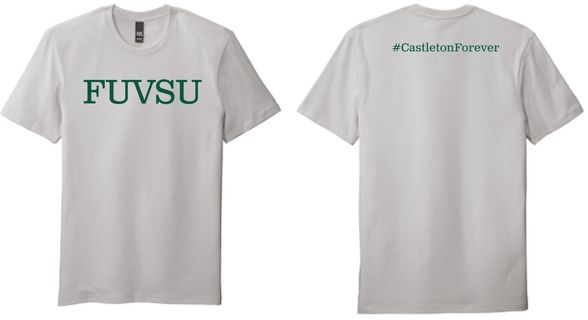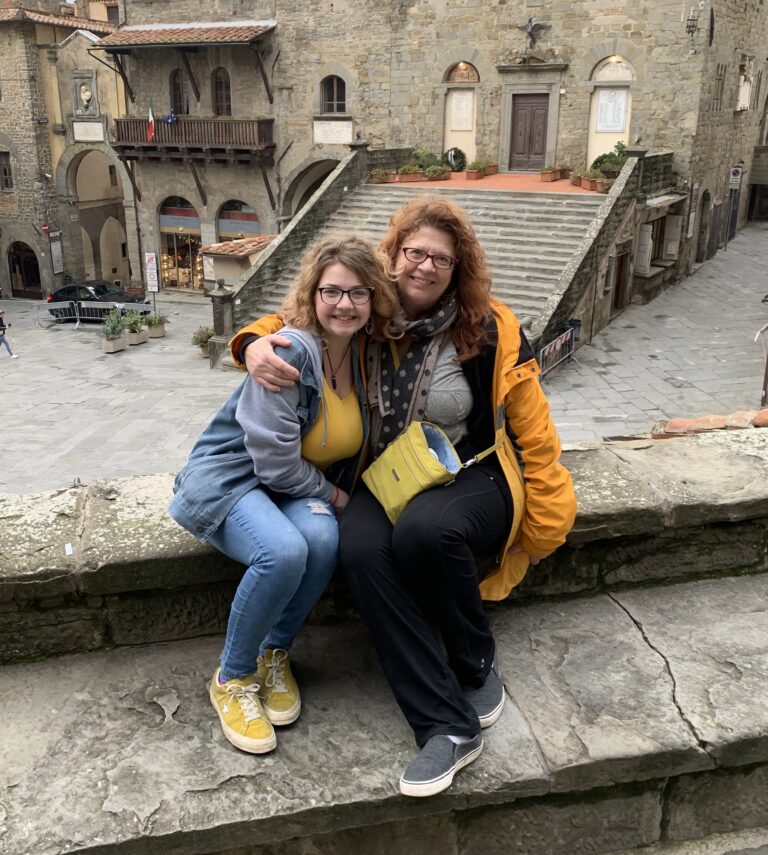Tale of the censored sculpture

Sitting to the right of the Fine Arts Center, on its own isolated patch of grass sits a slab of marble. It is massive, and upon closer inspection, depicts several naked people orbiting around a sun-like object. And if one looks in the top right corner, there is a clear gap in the finished sculpture and chiseled marble: an unfinished statue.
“I think it’s cool looking,” Professor Christopher Boettcher. He had contacted the Spartan the week before about a possible story. Looking out the window from his office, you could just barely see the slab peeking around the corner. “I appreciate art and when I came across it, there was clearly a story there.”
“I can’t really tell. I’ve been taking students out there since I first noticed it,” he said when asked when he first noticed the sculpture. “There are all sorts of places on campus that are indicators of history. Some that are out in public and some that are hidden.”
The general story, according to Joe Mark, who started his job in July of 1980, became the dean of students from 1980 to 1984, then the Academic Dean for the next 28 years, went as follows.
“I arrived shortly after the president made the decision to stop the work. It was a controversial period, especially in the second half of his presidency because the Vermont State College system had very serious financial problems,” said Mark. “They went through major reorganization with choosing a new chancellor and a new chair of the board. They were aggressively determined to fix the colleges financial problems, which put a lot of pressure on the campuses, including personnel standards. The Castleton faculty was opposed to the directions the chancellor was going. Wilson was right in the middle of that, attempting to defy the chancellor. He took the position that he was going to protect the college from draconian measures.”
According to Mark, the statue was part of the CETA program in the 70s, providing people with public service jobs. It was a publicly funded and a federal program. The state got a certain grant from the federal government for these kinds of projects, which were awarded via sub-grants for relevant projects. It was a relatively short-lived program.
Roy Kanwit, the artist, started the sculpture when the weather was mild. As winter approached, he built a type of tent enclosure so he could continue his work.
When the weather turned nice, Kanwit removed the tent. One day, President Don Wilson looked out his window and noticed that the male figure in the center of the sculpture had a penis. Wilson reportedly got upset, fired Kanwit, and ordered Physical Plant staff to chisel the penis off.The idea of censorship in art seemed to be a hot button issue, generating discussion amongst several Castleton students.
“It’s unfinished, so I guess I can’t really assess a statue in an unfinished state. I like the idea of public art. I think the location is terrific. The subject matter would be interesting,” said Mark on the aesthetics of the sculpture.
“I mean to be honest if he’s the president, he has the final say,” said Ethan Woodbury, a Castleton Freshman. “Personally I think it’s an immature decision though. We’ve been displaying art like this in museums which kids go to on field trips. It’s not a big deal.”
This sentiment was carried by another student, who wished to go unnamed, stating,“It makes no sense to try and censor something historical.”
In order to get both sides, the Spartan gave Kanwit a phone call, which he followed up with a subsequent email.
When asked about the stylistic choices, he went into detail about the history behind has relief and the marble itself, “…donated by the Vermont Marble company. The green and white marble is my favorite. The strong green striations seem the very essence of the Green Mountains of Vermont,” said Kanwit. “Then there was the yellow color that appeared miraculously in the very center of the slab, where I wished to carve a sun. What luck!”
Kanwit is currently working on and maintaining a sculpture park, Taconic Sculpture, in upstate New York. It is a blend of sculpture and landscaping, reaching all the way back to 1969.
Kanwit also explained his inspiration behind the sculpture that continues to stand between the FAC and Woodruff Hall.
“My inspiration was the rather extreme emotional state I was going through with my female companion. I also felt my struggle was emblematic of the sexual revolution of the 60’s, and the changes we all seemed to be going through. Initially there was hesitation on the part of the administration concerning nudity, especially male nudity. I thought this had been resolved 450 years ago with Michelangelo, so I just plowed, er chiseled, on. No real controversy occurred.”








